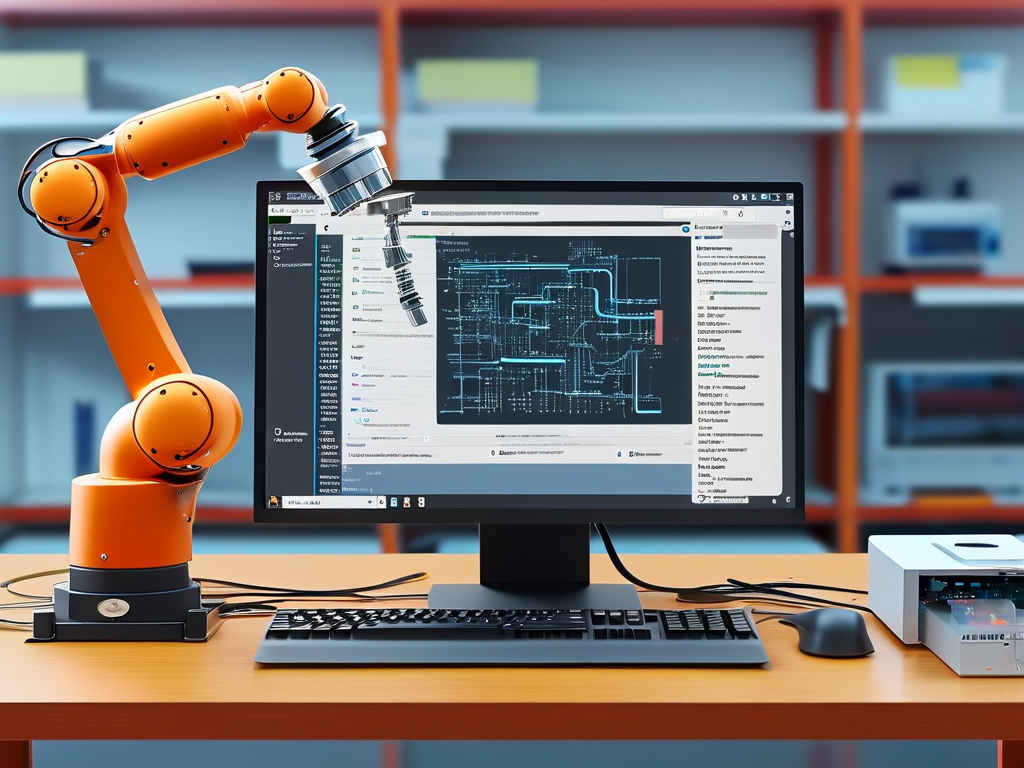The deployment of automation testing frameworks is a critical step in modern software development, requiring careful planning and execution. Unlike manual testing processes, automated solutions demand robust infrastructure alignment and workflow integration to deliver consistent results. This article explores practical approaches for implementing automation testing systems while addressing common challenges faced by development teams.

Infrastructure Preparation
Before writing a single test script, teams must establish a compatible environment mirroring production systems. Containerization tools like Docker enable consistent testing environments across development stages. A sample Dockerfile for test environment setup might include:
FROM python:3.9 RUN pip install pytest selenium requests COPY test-scripts /app WORKDIR /app
Toolchain Configuration
Selecting appropriate automation tools forms the foundation of successful deployment. Popular frameworks like Selenium for web applications or Appium for mobile testing require specific driver configurations. For API testing, Postman's Newman CLI integration enables automated collection runs:
newman run collection.json -e environment.json --reporters cli,html
Continuous Integration Pipeline Integration
Effective deployment requires embedding automated tests within CI/CD workflows. Jenkins pipeline configurations demonstrate this integration:
pipeline {
agent any
stages {
stage('Test Execution') {
steps {
sh 'pytest --html=report.html'
}
}
stage('Results Analysis') {
post {
always {
archiveArtifacts artifacts: 'report.html'
}
}
}
}
}
Data Management Strategies
Test data handling significantly impacts automation effectiveness. Implement database snapshot restoration techniques using tools like Flyway for consistent test states:
@BeforeClass
public static void initTestData() {
Flyway.configure().dataSource(jdbcUrl, user, pass).load().migrate();
}
Execution Orchestration
Parallel test execution accelerates feedback cycles. Cloud-based solutions like BrowserStack enable cross-platform testing through infrastructure-as-code configurations:
browsers:
- browser: chrome
versions: [78, 79]
os: [Windows 10, macOS Catalina]
Maintenance Protocols
Regular test suite audits prevent automation decay. Implement version control for test scripts with Git branching strategies:
feature/
|-- login-tests/
| |-- test_valid_credentials.py
| |-- test_password_recovery.py
bugfix/
|-- cart-calculation/
|-- test_discount_applications.py Monitoring and Reporting
Centralized dashboards using ELK Stack (Elasticsearch, Logstash, Kibana) provide real-time test insights. Configure log aggregation with Filebeat:
filebeat.inputs:
- type: log
paths:
- /var/log/automation/*.log
output.elasticsearch:
hosts: ["elasticsearch:9200"]
Security Considerations
Protect sensitive test data using environment variables and encrypted vaults. For Java projects, integrate with Spring Cloud Config:
spring.cloud.config.server.git.uri=file://${user.home}/config-repo
encrypt.keyStore.location=classpath:/server.jks
Successful automation deployment requires balancing technical implementation with team processes. Regular knowledge-sharing sessions and documentation updates ensure sustained effectiveness. By adopting these practices, organizations can achieve faster release cycles while maintaining software quality standards.

